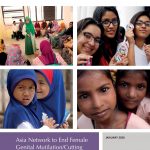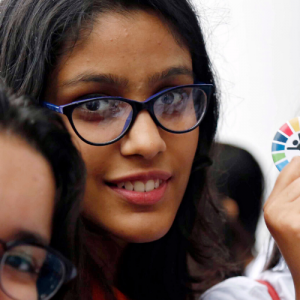Pakistan

Home | Where does FGM/C happen? | Pakistan
View all regions
View all countries
- Australia
- Benin
- Brunei
- Burkina Faso
- Cameroon
- Canada
- Central African Republic
- Chad
- Colombia
- Côte d’Ivoire (Ivory Coast)
- Denmark
- Djibouti
- Egypt
- Eritrea
- Ethiopia
- France
- Germany
- Ghana
- Guinea
- Guinea-Bissau
- Indonesia
- India
- Iran
- Iraq
- Ireland
- Jordan
- Kenya
- Kuwait
- Liberia
- Malawi
- Malaysia
- Mali
- Malta
- Mauritania
- Mexico
- Niger
- Nigeria
- Oman
- Pakistan
- Peru
- Portugal
- Russia
- Saudi Arabia
- Senegal
- Sierra Leone
- Singapore
- Somalia
- Somaliland
- South Sudan
- Spain
- Sudan
- Sweden
- Switzerland
- Tanzania
- Thailand
- The Gambia
- The Maldives
- Togo
- Uganda
- United Arab Emirates
- United Kingdom
- United States of America
- Yemen
- Zambia
- Zimbabwe
Population
202,549,783
2018 population growth rate
1.93%
Estimated prevalence among girls and women
Unknown. Initial studies have shown that 80% of women within the Dawoodi Bohra community have undergone female genital cutting (FGC).
Source: Sahiyo
Type practised
The most widely practised form is Type I, called ‘khatna’ or ‘khafd’ by the Dawoodi Bohra community. It involves the removal of the clitoral hood or the clitoris.
Age
Girls in the Dawoodi Bohra community typically undergo FGC aged 7.
Agent
FGC within the Dawoodi Bohra community may be carried out by a medical practitioner or a traditional cutter.
Legal status
There is no law specifically banning FGC in Pakistan.
Statistics
| Data source | Women who know a family member on whom khatna was performed (%) | Women who know a friend on whom khatna was performed (%) | Women who believe men are aware of the practice (%) | Women who think men are told about the practice when it is performed on female relatives (%) |
| Sahiyo 2016 | 88 | 56 | 72 | 27 |
| Data source | Women who were 6 or 7 years old when khatna was performed (%) | Women who indicated that their mother made the decision (%) | Cases where FGC was performed in India (%) |
| Sahiyo 2016 | 66 | 67 | 70 |
Source: Sahiyo
Progress to end FGC
Grassroots efforts to support abandonment of FGC within the Dawoodi Bohra community are growing. Several Bohra organisations and groups are raising awareness, carrying out research, and opening dialogue to end FGC within their community.
Orchid Project partners with Sahiyo, a transnational group set up by five Bohra activists, to support their work to end FGC within the Dawoodi Bohra and south Asian communities.
Challenges to progress
- Growing numbers of Bohras are speaking out against FGC, however the practice is deeply entrenched in cultural notions of femininity. Most Bohra men know little or nothing about the practice, and the subject is taboo.
- Medicalisation of the practice is also an issue. In Pakistan, Dr Zahra Ali has noted that doctors and health practitioners carry out FGC “symbolically”, a practice which should be questioned.
- FGC has been declared obligatory under a fatwa by the Dawoodi Bohra religious leader, Dr Syedna Mohammad Burhanuddin. In June 2016, he issued a press statement in which he described the practice as an act of “religious purity”.
- In the US, a case was brought to the federal government in 2018 to prosecute three members of Michigan’s Farmington Hills Dawoodi Bohra mosque, including two doctors, for subjecting two minor girls from Minnesota to FGC. US District Judge Bernard Friedman ruled that the US Federal Law banning FGC is “unconstitutional”, and dismissed the charges, although he stated that FGC is “despicable”. The ruling came as a shock to campaigners, who hope the decision will be successfully appealed, or possibly taken to the Supreme Court (December 2018).
History
- The Dawoodi Bohra is a small Shia Muslim sect, mainly based in west India, originating from Yemen and settling in India in the 16th century. The community spread out to the Sindh region of Pakistan following Indian independence from British rule in 1947.
- FGC amongst the Dawoodi Bohra is often attributed to waves of migration through Africa. FGC is also common in Yemen, which could also account for why the Dawoodi Bohra practice it.
- Religion is often given as the main reason why people practise FGC within the Dawoodi Bohra community.
Human Development Index ranking
150 in 2018 index, based on 2017 data.
Infant mortality rate
64.2 deaths per 1,000 live births (2016).
Maternal mortality rate
178 deaths per 100,000 live births (2015).
Source: Human Development Index






